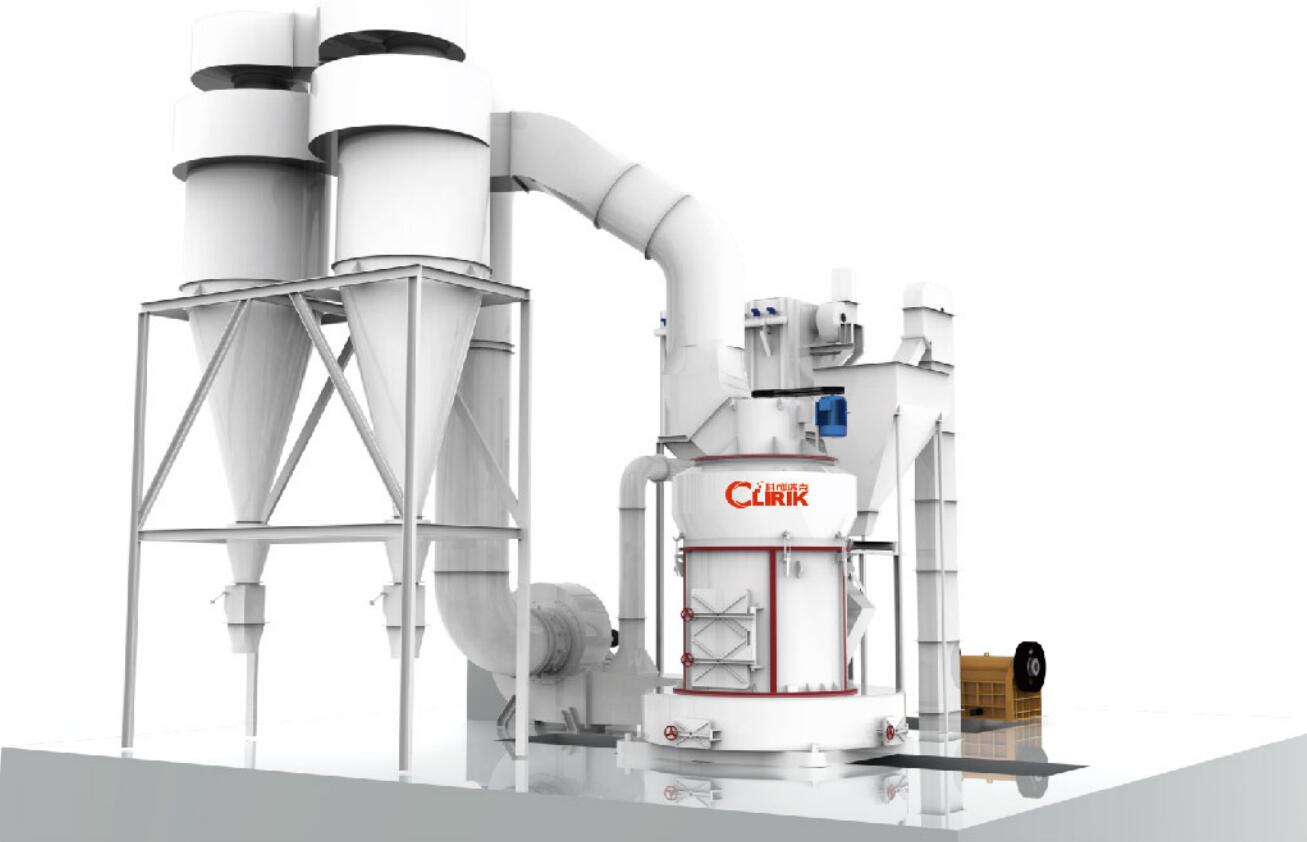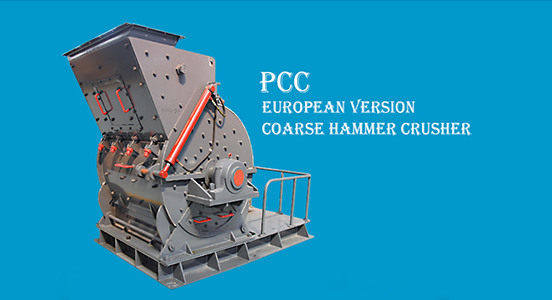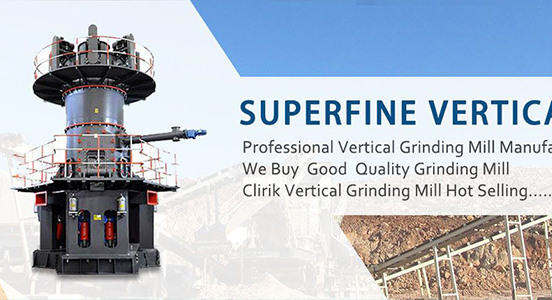Ultrafine Grinding of Recovered Carbon Black (rCB) Using HGM Mill
Source:nclirik
Posted:2025-10-23
Recovered carbon black (rCB) is produced mainly from waste tires through pyrolysis, yielding oil, gas, steel wire, and carbon-rich char.
After proper processing, rCB can replace virgin carbon black in rubber, plastics, inks, and coatings.
However, raw rCB is coarse and impure, requiring ultrafine grinding to achieve desired particle size and performance.
The HGM ultrafine grinding mill is an efficient solution for refining rCB into high-quality powder suitable for industrial reuse.

What is Recovered Carbon Black?
rCB is the carbon residue from pyrolyzed rubber waste, especially tires.
While it helps recycle waste and reduce environmental pollution, its direct use is limited because the pyrolysis char has large, irregular particles and impurities like ash and metal.
Proper grinding, classification, and purification turn it into fine, uniform powder that can compete with virgin carbon black in applications such as tire fillers and plastic masterbatches.
While it helps recycle waste and reduce environmental pollution, its direct use is limited because the pyrolysis char has large, irregular particles and impurities like ash and metal.
Proper grinding, classification, and purification turn it into fine, uniform powder that can compete with virgin carbon black in applications such as tire fillers and plastic masterbatches.
Why Ultrafine Grinding Matters
The performance of rCB depends heavily on fineness, dispersion, and purity. Ultrafine grinding reduces particle size, increases surface area, and enhances consistency.
For industrial applications, achieving sizes from 325 mesh (≈44 µm) down to 2500 mesh (≈5 µm) is ideal.
Uniform, ultrafine powder improves tensile strength, colour, and conductivity in final products while cutting production costs.
For industrial applications, achieving sizes from 325 mesh (≈44 µm) down to 2500 mesh (≈5 µm) is ideal.
Uniform, ultrafine powder improves tensile strength, colour, and conductivity in final products while cutting production costs.
HGM Ultrafine Grinding Mill Technology
The HGM series ultrafine grinding mill, developed by CLIRIK, is designed for processing non-metallic materials and suitable for rCB due to its fine output, energy efficiency, and low wear.


Key features:
- Feed size: ≤10–20 mm after pre-crushing.
- Grinding system: Multiple rollers and rings apply high pressure and shear to achieve ultrafine size.
- Adjustable fineness: 325–2500 mesh controlled by an internal classifier.
- Closed system: Reduces dust and energy loss.
- Wear resistance: Specialized materials extend equipment life.
Advantages for rCB:
- Achieves D97 = 5 µm or finer particle size.
- Handles large throughput, up to several tons per hour.
- Reduces operating and maintenance costs.
- Produces consistent, high-quality powder with narrow size distribution.
- Environmentally friendly and suitable for recycling applications.
RCB Recycled Carbon Black Processing Flow
- Feed preparation: Waste tires are pyrolyzed; the resulting char is cleaned and crushed.
- Pre-crushing: Feed reduced to ≤20 mm.
- Ultrafine grinding: Material enters the HGM mill, where rollers and rings grind particles in a closed circuit. Oversized particles are recirculated.
- Classification and collection: Powder is separated by size, collected, and bagged.
- Optional modification: Surface treatment or granulation for specialized applications.
The final product is a uniform ultrafine rCB powder ready for use in rubber compounding, plastics, or coatings.
Applications of Ultrafine rCB
Fine rCB powder has growing applications in:
- Rubber industry: As filler in tires, hoses, belts, and seals.
- Plastics: Improves mechanical properties and UV resistance.
- Coatings and inks: Serves as pigment and conductive additive.
- Construction materials: Used in roofing, cables, and insulation.

Ultrafine grinding using the HGM mill transforms low-value pyrolysis char into a high-performance, eco-friendly filler.
With adjustable fineness up to 2500 mesh, high capacity, and low operating cost, HGM mills enable large-scale, sustainable production of rCB powder.
By improving fineness, uniformity, and performance, this technology helps industries replace part of virgin carbon black, reduce environmental impact, and achieve circular economy targets.
The integration of HGM ultrafine grinding in tire recycling plants marks a decisive step toward sustainable material recovery and greener industrial development.
Related News:
Related Newsmore >>
- CLIRIK Welcomes a Surge of Visitors During CHINACOAT 2025 Season — Free Shuttle to Pudong Showroom N2025-11-25
- Ultrafine Grinding of Recovered Carbon Black (rCB) Using HGM Mill2025-10-23
- HGM Ultrafine Grinding Mill for Limestone in Cement Industry2025-10-15
- Happy China National Day 20252025-09-29
- CLIRIK Ships HGM Mill to India: Fine Limestone Powder for Rubber & Plastic Fillers2025-09-25
- CLIRIK Mill Processing CaCO₃ at 500,000 tons/year, 600–3000 mesh2025-08-29













